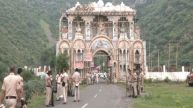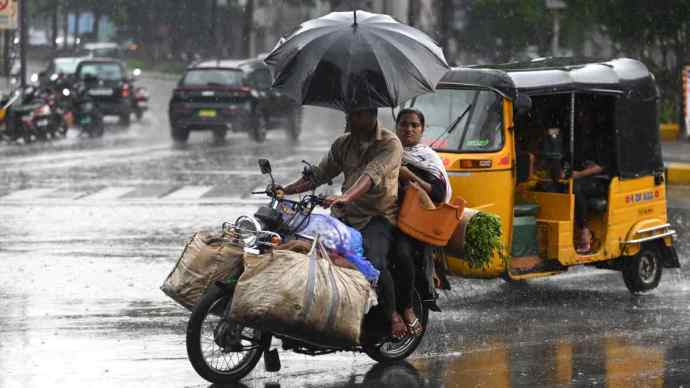The Cambridge-educated economist, who steered the International Monetary Fund and the Reserve Bank of India could not be appointed the Finance Minister of India at a worse time. When Prime Minister PV Narasimha Rao handed him over the reins of the Indian economy, the foreign reserve of the country was at $5.8 billion, enough to meet the export bills of two weeks. The GDP growth rate was registered at a meager 1.06%, while the inflation rate clocked a whopping 13.87%.
The poor boy of the non-descript village of Gah in Pakistan after moving to London was not shocked to find the economy in a moribund state, shackled with what was called the ‘license-permit raj’.
He deciphered correctly, though among tremendous protests, that the elephant should be freed of its chain if it has to perform well.
The Ubiquitous ‘Licence Raj’
“Licence Raj”, or the “Permit Raj”, was a system knowingly or unknowingly developed as the legacy of Nehruvian economics.
It was a massive structure in which companies had to adhere to strict rules, regulations and control. Even a small businessman had to take permission from dozens of departments. Worse, it was quite difficult to get these licenses.
The BBC reported in an article published in 1998 that businesses sometimes had to get approval from up to 80 agencies before they were granted licenses to begin their work.
The Labyrinthine Mesh
The labyrinthine mesh was so massive and elaborate that the government decided everything from what was produced, to the quantity of production, market price and also the capital used in production.
Besides, the state also restricted the companies from making the decisions of layoffs and closure of factories.
The proponents of the Licence Raj strongly believed in the heavy regulation of industry.
Legacy Of Nehruvian Economics
It started with the 15-member Interim government led by first Prime Minister Jawahar Lal Nehru, who got the Industrial Development Regulation Act approved in 1951.
As Schedule I included industrial machinery, telecommunications, and chemical manufacturing, the basic framework of licensing restrictions was laid out.
The Nehru government brought the Industrial Policy Resolution of 1956 that extended these restrictions by designating certain industries known as Schedule A. T
These were put under complete and exclusive state control. Under Schedule B came the majority of state-owned firms. Industries in Schedule A included defense production, metallurgy, mining, and transportation.
Why So Much Restrictions?
The rationale behind such decisions was that India needed to rely on its own markets and become self-sustaining and self-sufficient. This policy centered around the import substitution to save the much-needed and hard-earned foreign currency, the US Dollar.
The new Finance Minister announced his policies of L P G: Liberalisation, Privatisation and Globalisation.
Manmohan Singh Unshackles Elephant
It was Manmohan Singh, who launched the ‘Single Window System’, which was designed to give all permission at a single point.
It was designed in a way that a businessman gets all necessary licenses at one point, he is not required to wander from one office to another.
The policies were changed in such a way that the number of permits and licenses required was reduced to the bare minimum.
Manmohan Singh slashed licensing regulations; lowered tariffs, duties and taxes and opened up the economy to international trade and investment.
Economic Revamp
Thanks to the policies, adopted by the government, the concept of industrial licensing was abolished for almost all product categories, except for alcohol, tobacco, hazardous chemicals, industrial explosives, electronics, aerospace and pharmaceuticals.
It can be said safely that the dismantling of the Licence Raj and the implementation of economic liberalization policies increased regional inequality in India to some extent.
However, critics also argue that the new policies benefited certain regions of the country, particularly the major cities and industrial centers. Consequently, the rich-poor and the urban-rural gap widened.












